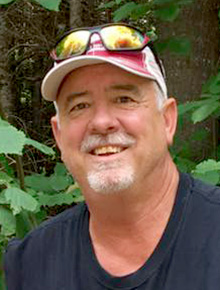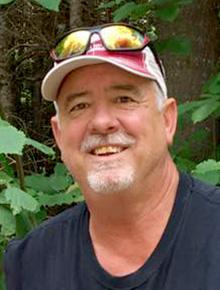
Now is the time to grab a few boxes of shells and get your shooting eye tuned up for the dove season that starts on Sept. 1. Not everyone hunts doves, but a keen shooting eye will benefit every hunter, whether it’s ducks, pheasants, grouse or any other game on the wing.
When I finally got serious about hunting winged birds, I was already about 25 years old, and now this outdoor activity has become a full-blown passion, chasing upland game across four to five states every fall.
When it came to so-called prowess with a shotgun, I was at the very bottom of the pile. My shooting was way worse than awful, so I made up my mind to change that.
Thousands of rounds later and some instructing from expert shooters, I can now rate myself somewhere in the top 1o percent of my friends’ group. If a rooster pheasant or a sharp-tail grouse takes wing within 25 yards of my gun, it will most likely go home with me in my game bag.
After 35 years with a shotgun in my hands, I think I have figured out a few things that might be able to help you increase your take of birds and reduce excuses for missing easy ones.
If you are already a great shot, then by all means choose a shotgun gauge labeled sub-gauge. A 12-gauge shotgun is the standard across the mid-west, but you can also choose from the smaller 16, 20, 28 and .410 options.
The smaller the gauge you choose, the smaller the payload of shot you will be able to choose from. Twelve-gauge shells carry anywhere from 1 ounce to 1 7/8 ounces of shot per shell.
Sub-gauges often cannot reach even a 1-ounce payload. If you miss the bird three feet behind it, it won’t matter how big your shot payload is. The same can be said for all shots that are way off the mark.
But what about those shots where you’re just about on but still miss the target? This is where the choke of the gun comes in.
The choke is usually a tube that screws into the end of the barrel. The tighter the choke (smaller diameter), the tighter the pattern will be at distance.
For example, a full choke will have about a 25-inch pattern at 30 yards, where a more open modified choke will have a 30-inch pattern at the same distance. An improved cylinder choke has even less reduction and will result in a pattern of about 35 inches at those same distances.
That rationale would then lead you to reason that an open choke is the best option. At close ranges this might very well be the case.
The problem with an open choke is that at longer distances (45 to 50 yards) there will no longer be enough pattern density to actually kill the bird. You might make the perfect shot, but the number of pellets (shot in the pattern) is not dense enough to cover the whole pattern. You can actually get holes in the pattern at longer distances if the choke is too open or the distance too far.
After 35 years of chasing winged quarry, I have my own system to help me be more successful. I use an open choke all year long. This is the biggest pattern you can get. I compensate for this open choke with less pattern density at longer ranges by shooting a big gauge shotgun (12-gauge) and then purchasing shotgun shells with a much larger payload.
If I can shoot an open choke and then fill up the pattern with lots of shot (BB’s) I can fill in those loose patterns at longer distances.
In the early season when most of the shots are closer, I will use shells with 1 1/4 ounces of shot. In the later season with the same open choke, I will shoot shells that have at least 1 5/8 ounces of shot.
This allows me to have a bigger overall pattern (35 inches at close ranges and 50 inches at longer ranges) filled with lots of BBs to fill in my pattern.
This combination of an open choke and lots of shot has upped my close ration measurably. Some will say that a 12 gauge is too heavy to carry; hence my method would not work for them.
This might very well be true, but if you can carry a 12-gauge gun with a big pattern and lots of shot to fill the pattern, assuming you both shoot about the same accuracy, you will most likely come home with the heaviest game bag.
There is no substitute for practice and a great hunting dog. Ethical hunters want clean kills and wounded birds brought to hand. Practice now to have a more successful season.
Scott Rall, Worthington, is a habitat conservationist, avid hunting and fishing enthusiast and is president of Nobles County Pheasants Forever. He can be reached at scottarall@gmail.com or on Twitter @habitat champion.



